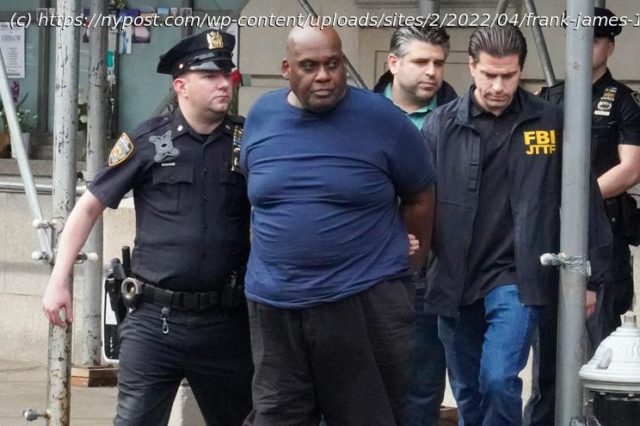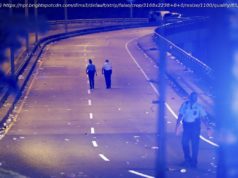After a violent attack on New York City itself, it’s comforting to spin tales about how tough and resilient we are — that New Yorkers …
After a violent attack on New York City itself, it’s comforting to spin tales about how tough and resilient we are — that New Yorkers will get back on the subways as if nothing had happened. This “New York tough” story was true in the recent past, from 9/11 to the West Side bike-path attack that killed eight people in 2017. But we can’t count on it now. New Yorkers aren’t going to be there for a city that is failing them. During New York’s COVID-induced meltdown, now in its third year, sage voices have told us that we shouldn’t worry about the city’s future because the city always bounces back. Didn’t people say no one would return to office towers after 9/11? Well, no, they really didn’t say that because people did return to their Manhattan offices, immediately. We had no choice. Similarly, though we were nervous about packing into subways that could become mass-terror scenes, we had no choice about that, either. This isn’t revisionist history. In 2001, subway ridership was up nearly 2% over 2000 levels, and in 2002, it rose again, by half a percent. Similarly, after that 2017 truck-terror attack on the Hudson River bike path and the car-terror attack in Times Square that killed one the same year, New York bounced right back. This time is different. The age of terror that started with 9/11 was also the age of record-low violent crime in New York.






